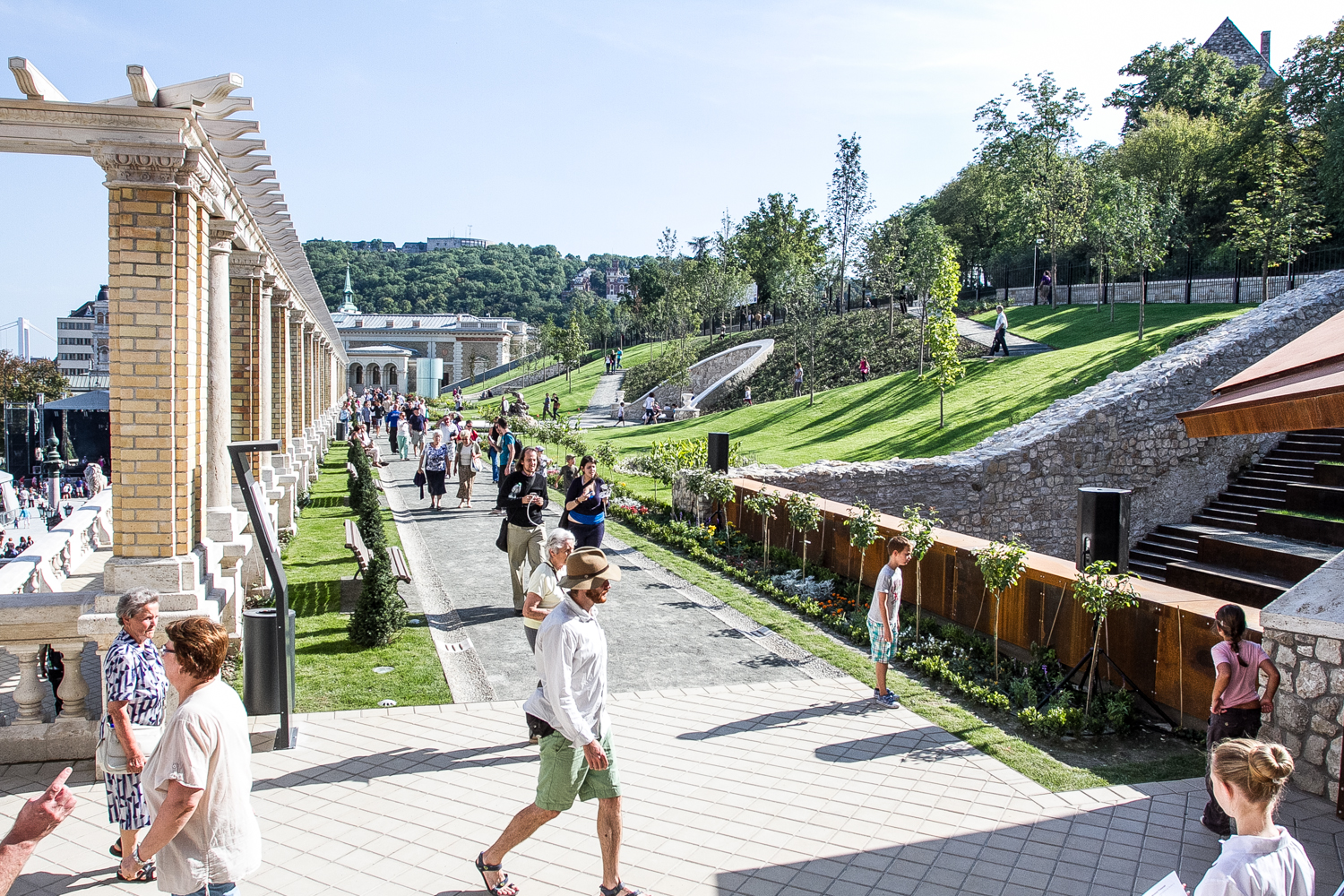Originally constructed in 1883 as a magnificent way to connect the Buda riverbank with the Royal Palace, Várkert Bazaar soon became a landmark of monumental pride for royalty and commoners alike, but over recent decades it was left to crumble, and was even under threat of demolition until relatively recently. Fortunately, city planners recognized the inherent value in preserving this ascending series of promenades, and a major renovation project saved Várkert Bazaar as part of the beautification of Budapest's District I waterfront. We visit Várkert Bazaar and take a look at its many attractive features.
As we reported earlier, the Várkert Bazaar's grand sequence of walkways and buildings that rise up the side of Castle Hill had been neglected for so long that the entire structure was literally crumbling, and was closed to the public for safety reasons since the 1980s. However, after a short-sighted decision to slate it for complete demolition, city planners wisely acted to save one of Budapest's most prominent architectural works of Miklós Ybl (the designer of the Hungarian State Opera House and many of the city's most impressive urban palaces). A primary reason for the renovation was the longtime inclusion of these 131-year-oldbuildings in the list of the world’s most endangered monuments.
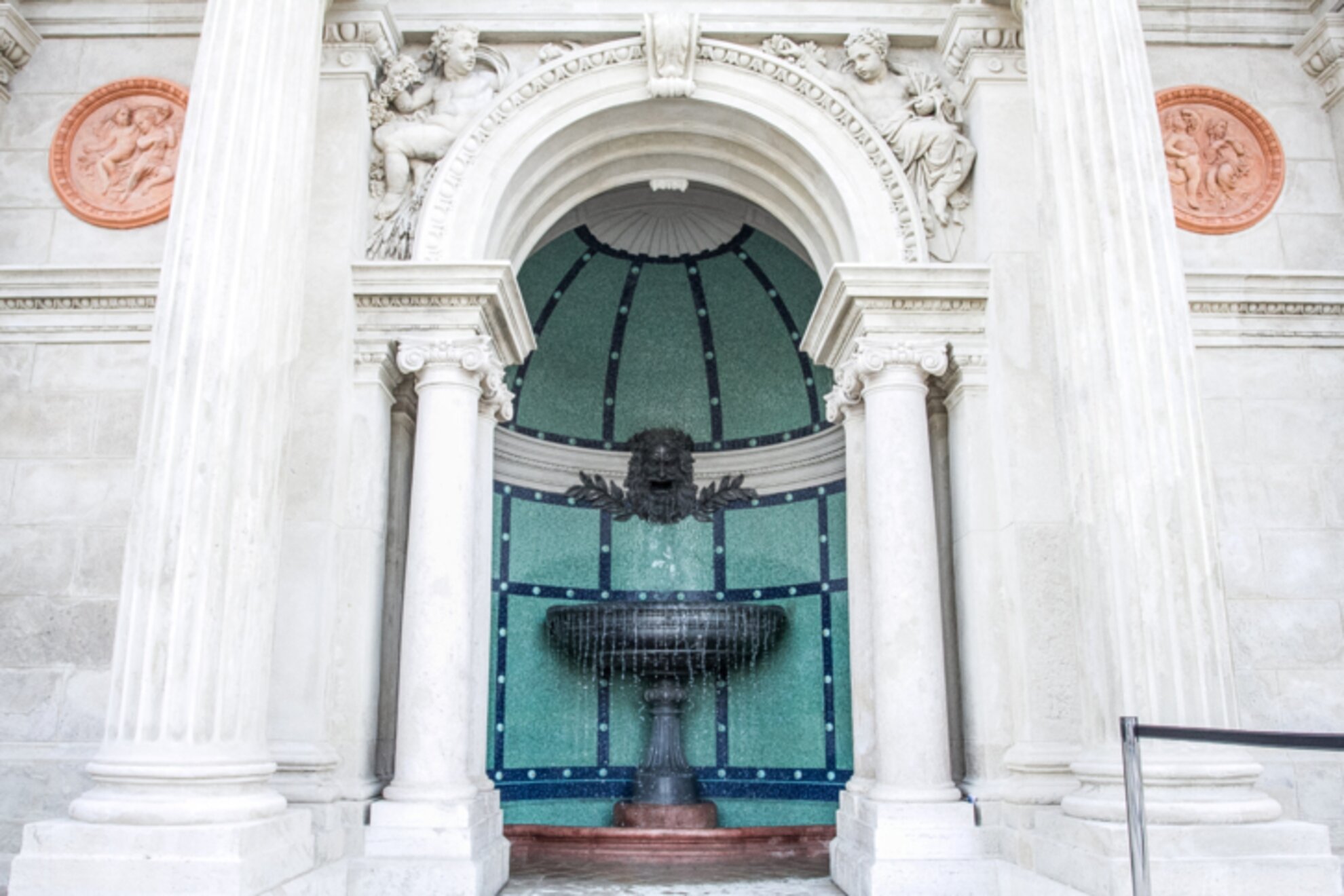
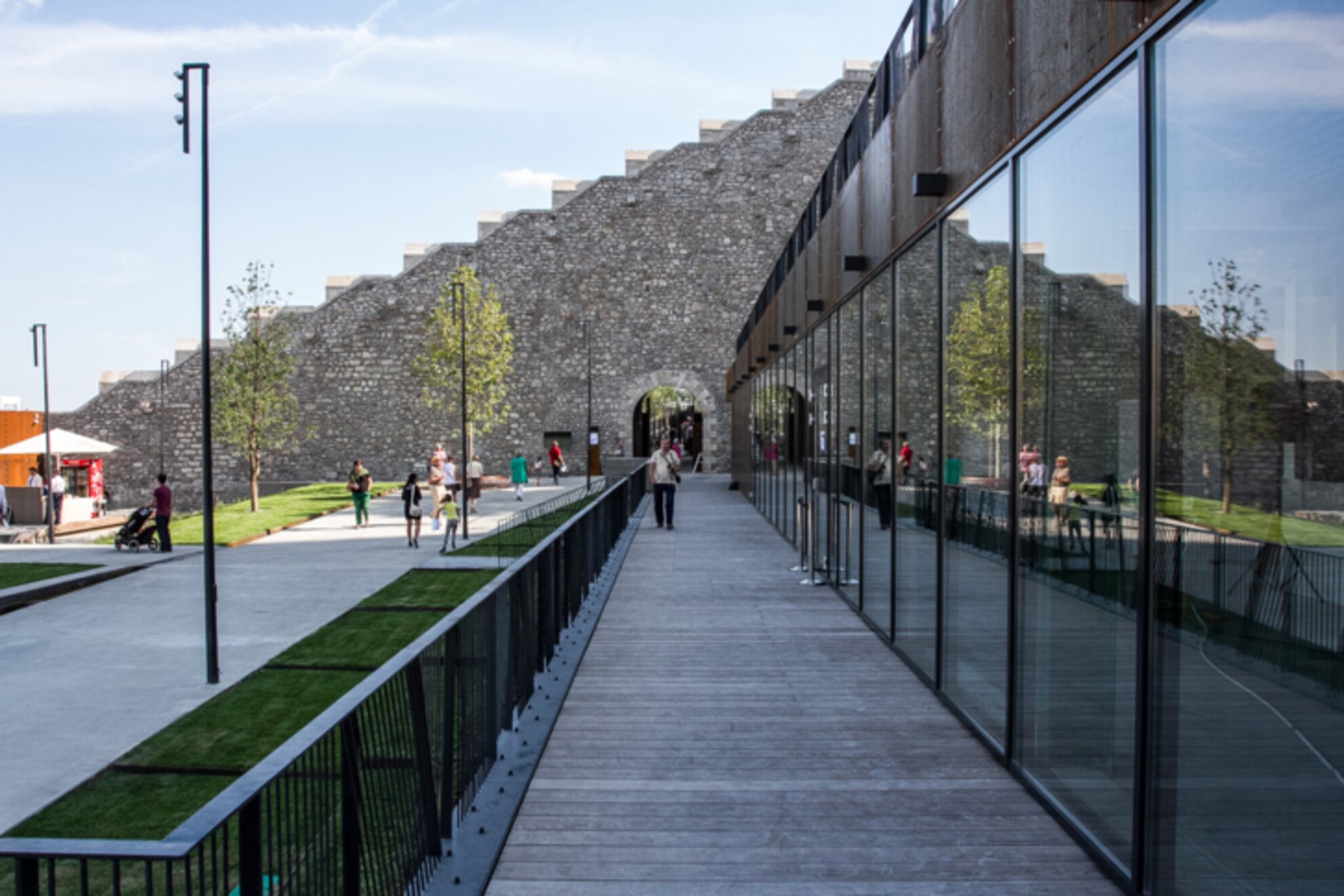
We approached the imposingly renewed structure from below, walking along the newly renovated Lánchíd Street from the Chain Bridge. The street was paved with 5,000 linear meters of curb and 7,000 square meters of basalt stone tiles, and the street lighting and green areas were renovated as well.
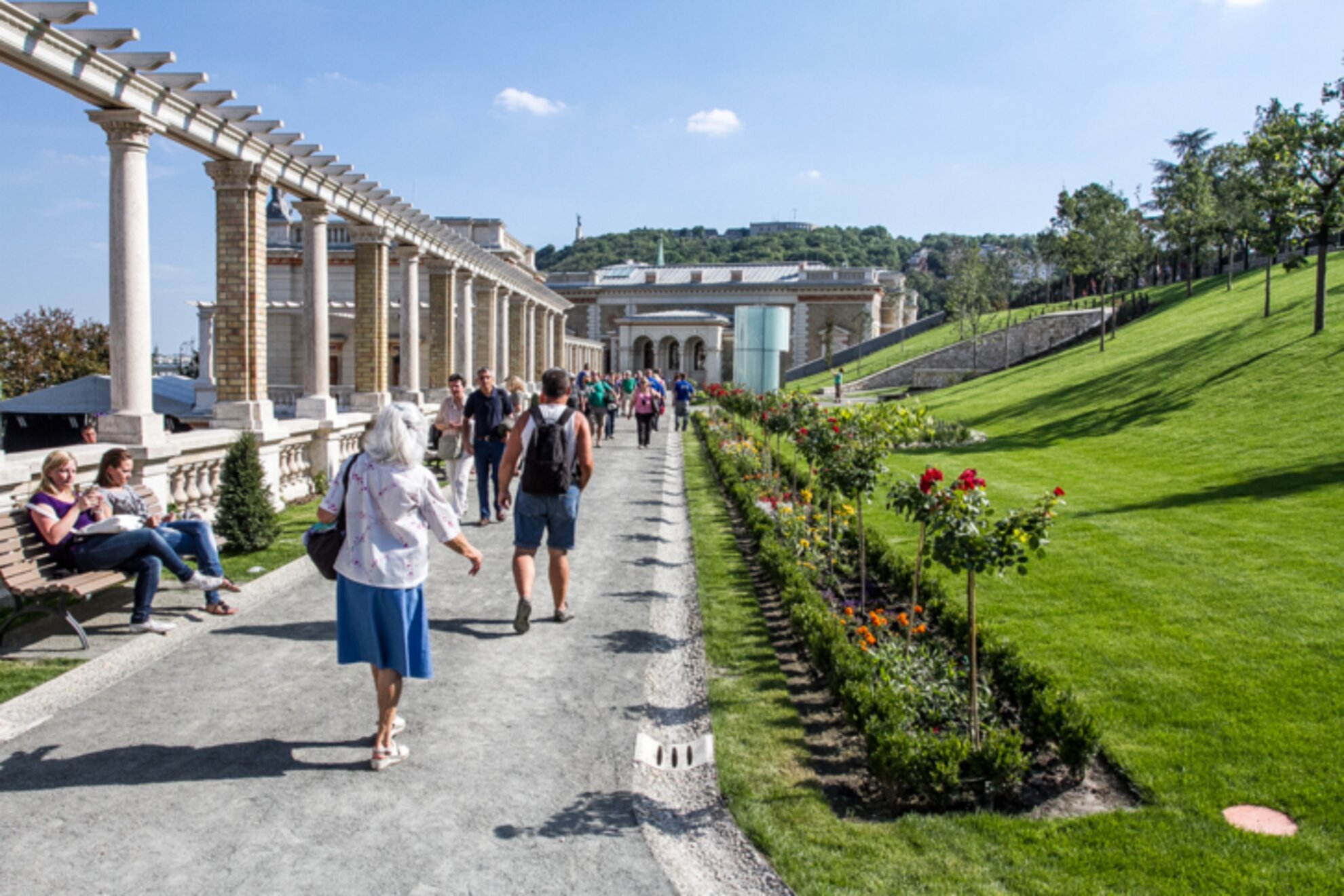
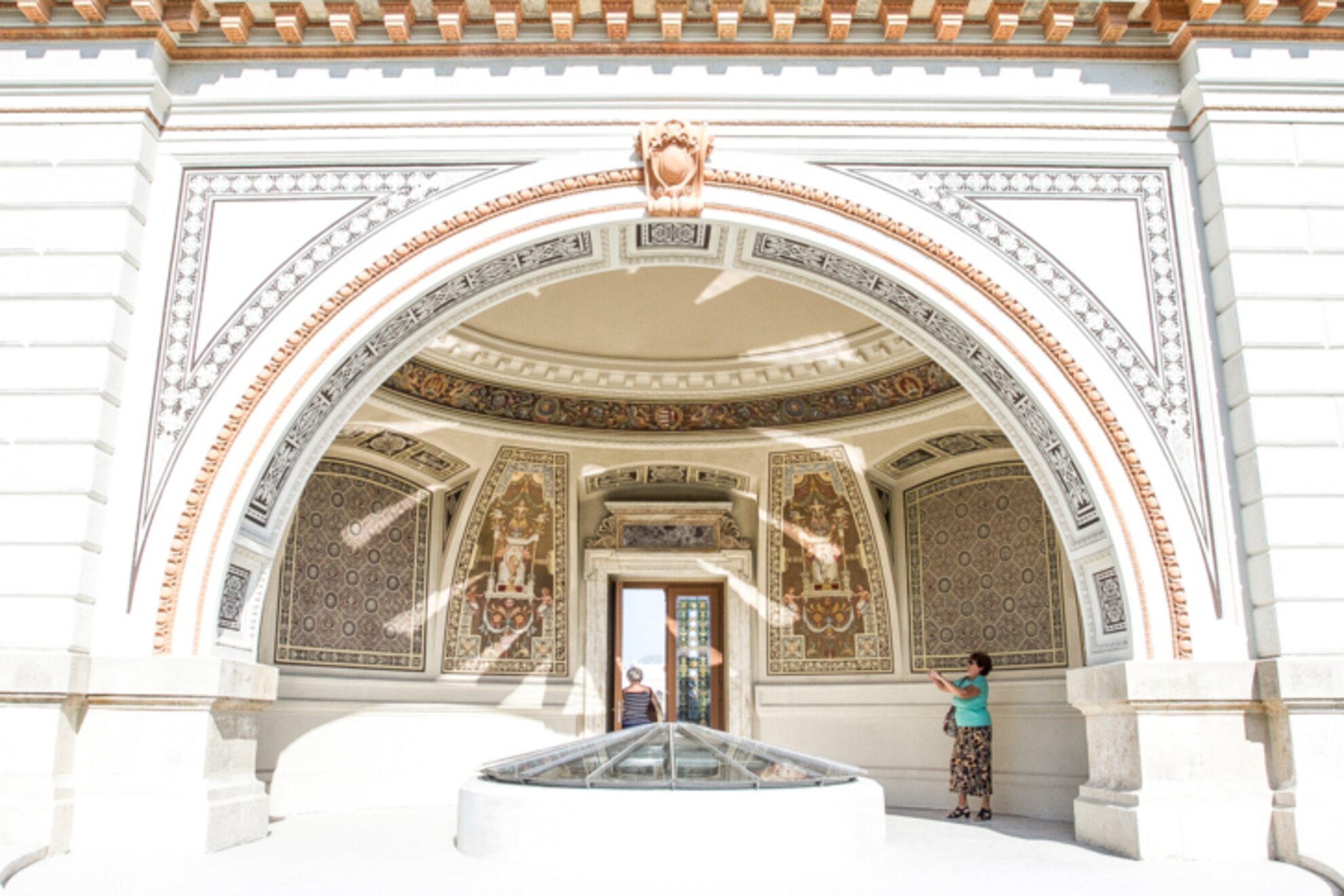
From now on we can come here by practically any means of transport, using the new tram stop and a recently finished new port.
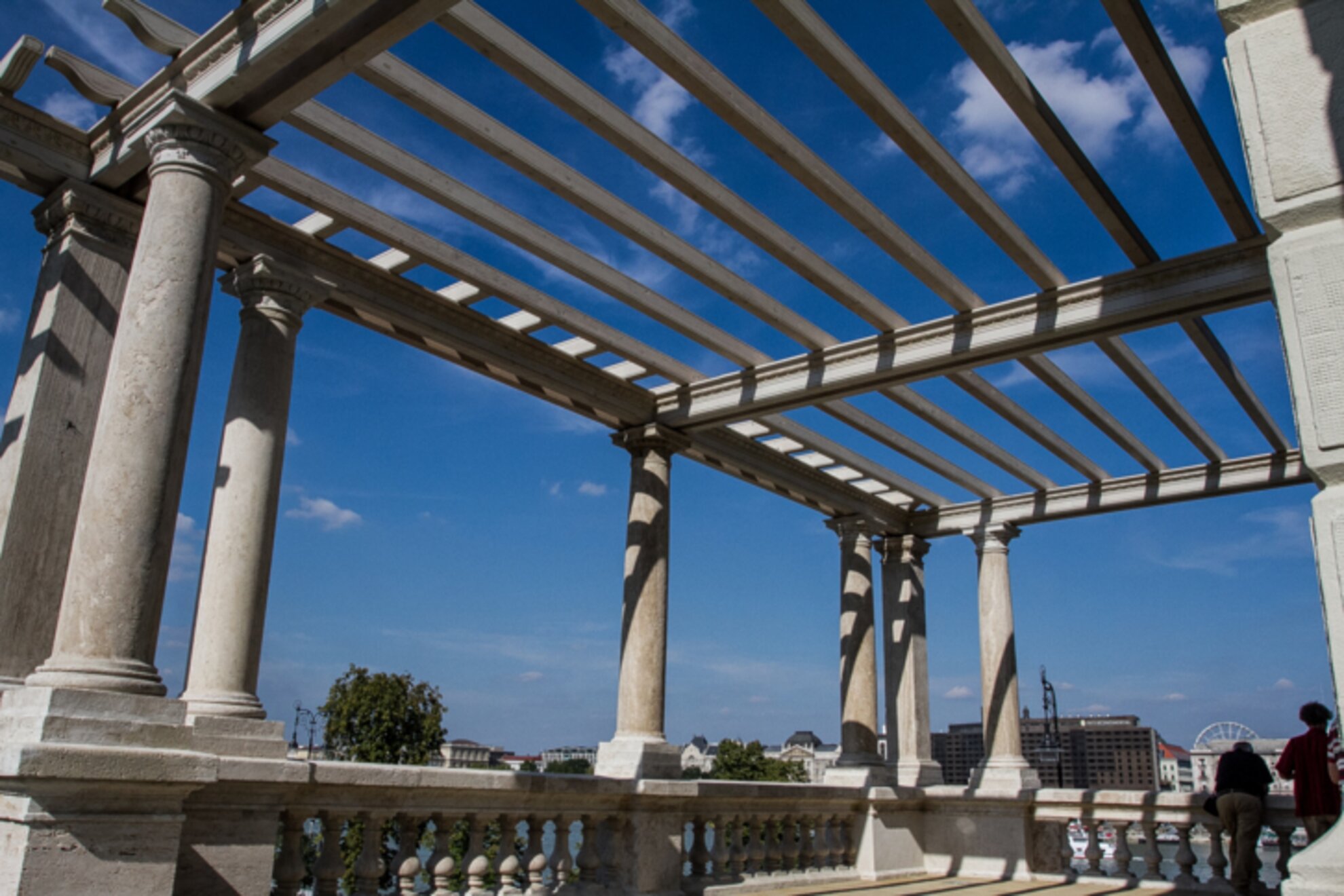
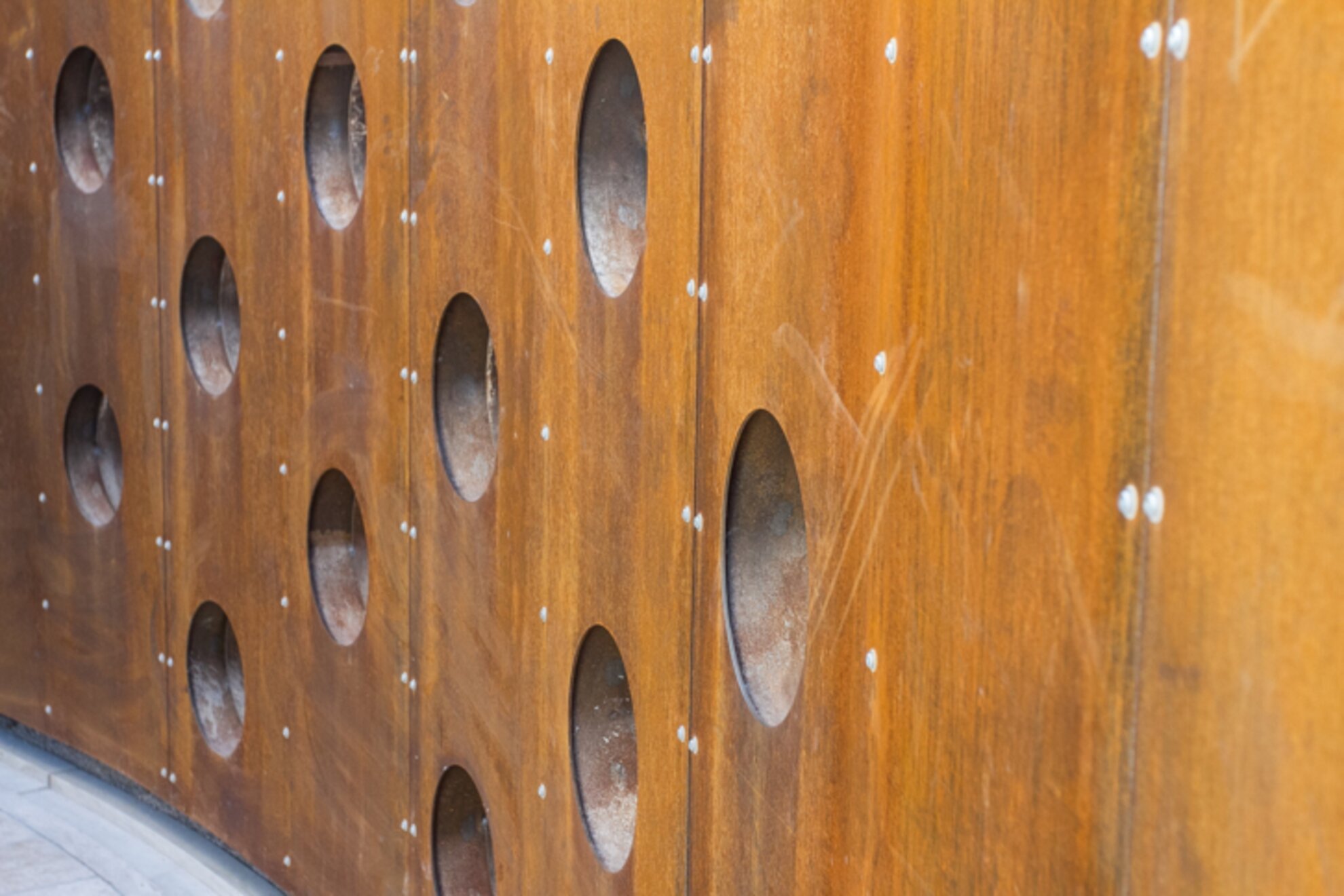
It is hard to overestimate the role of the new transportation options, as this establishes a direct connection between the Danube bank and the Várkert ("Castle garden" in Hungarian), and it also makes it easier to go around the buildings, which was nearly impossible until now.
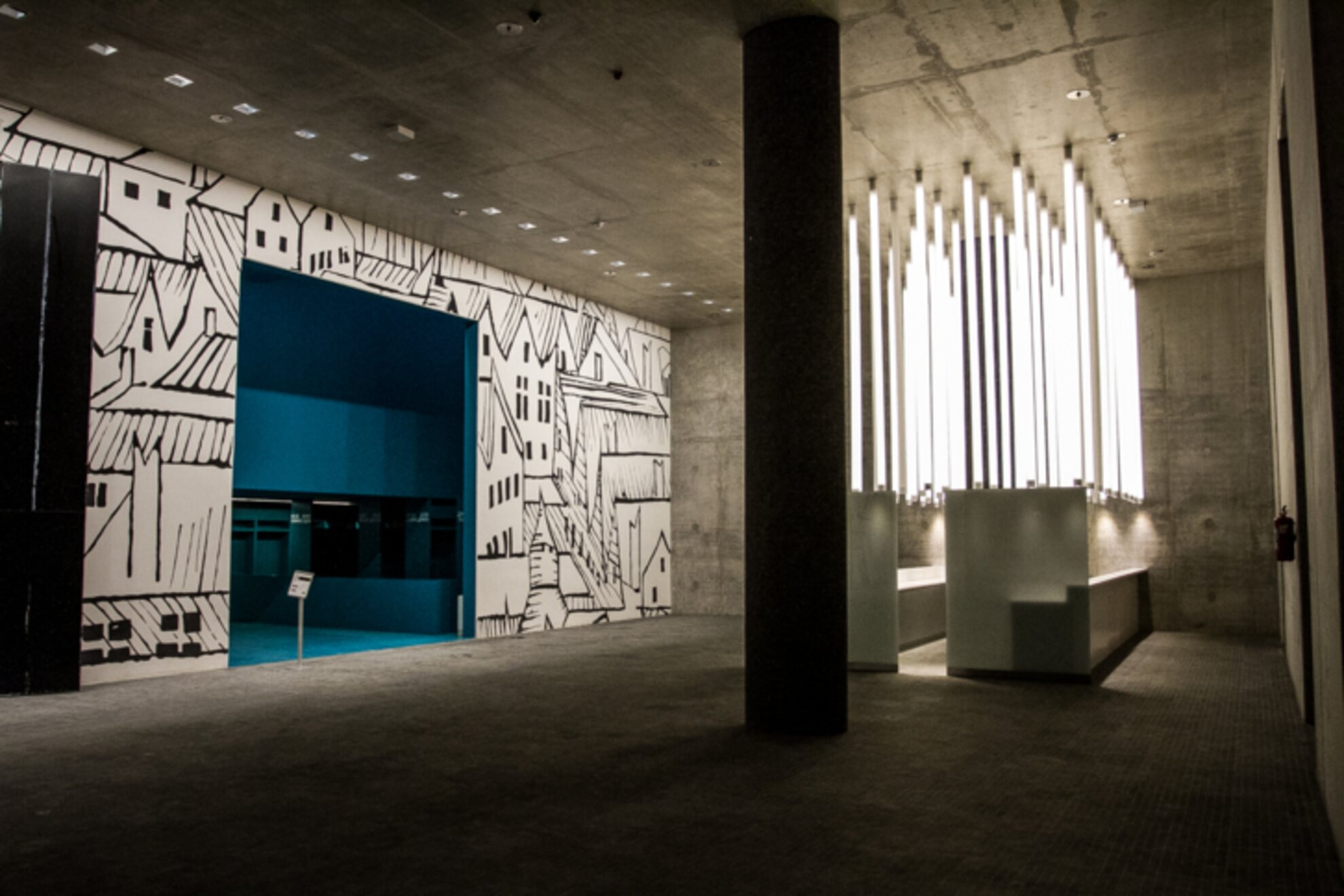

Exhibits are housed in two buildings here, including the recently opened exhibition titled “World Heritage – Hungarian Heritage: Hungaricons”. Next to the multifunctional event space inside the mountain, we find the temporary location of part of the gigantic, 1:500-ratio scale model of Budapest , which we could examine for hours.
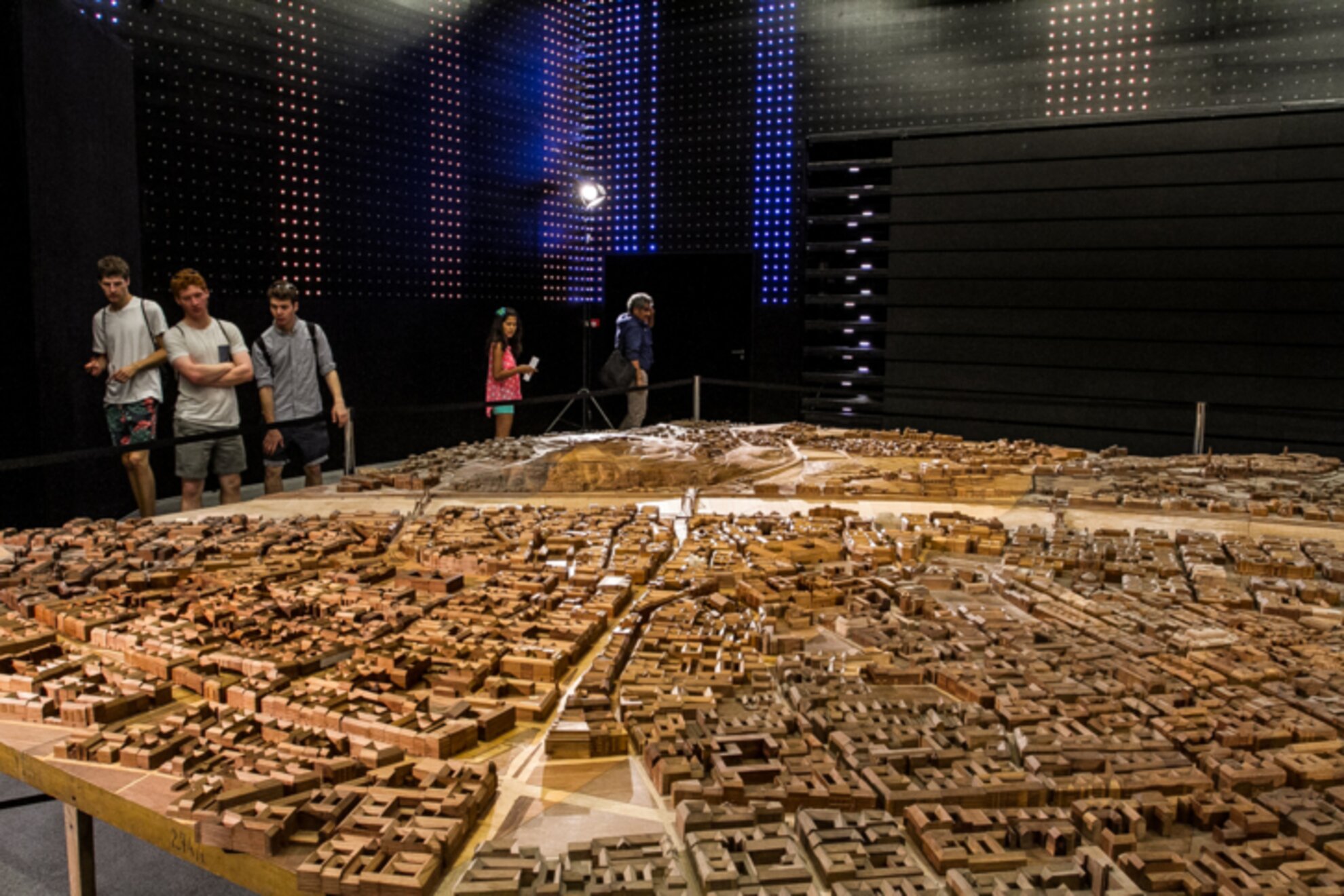
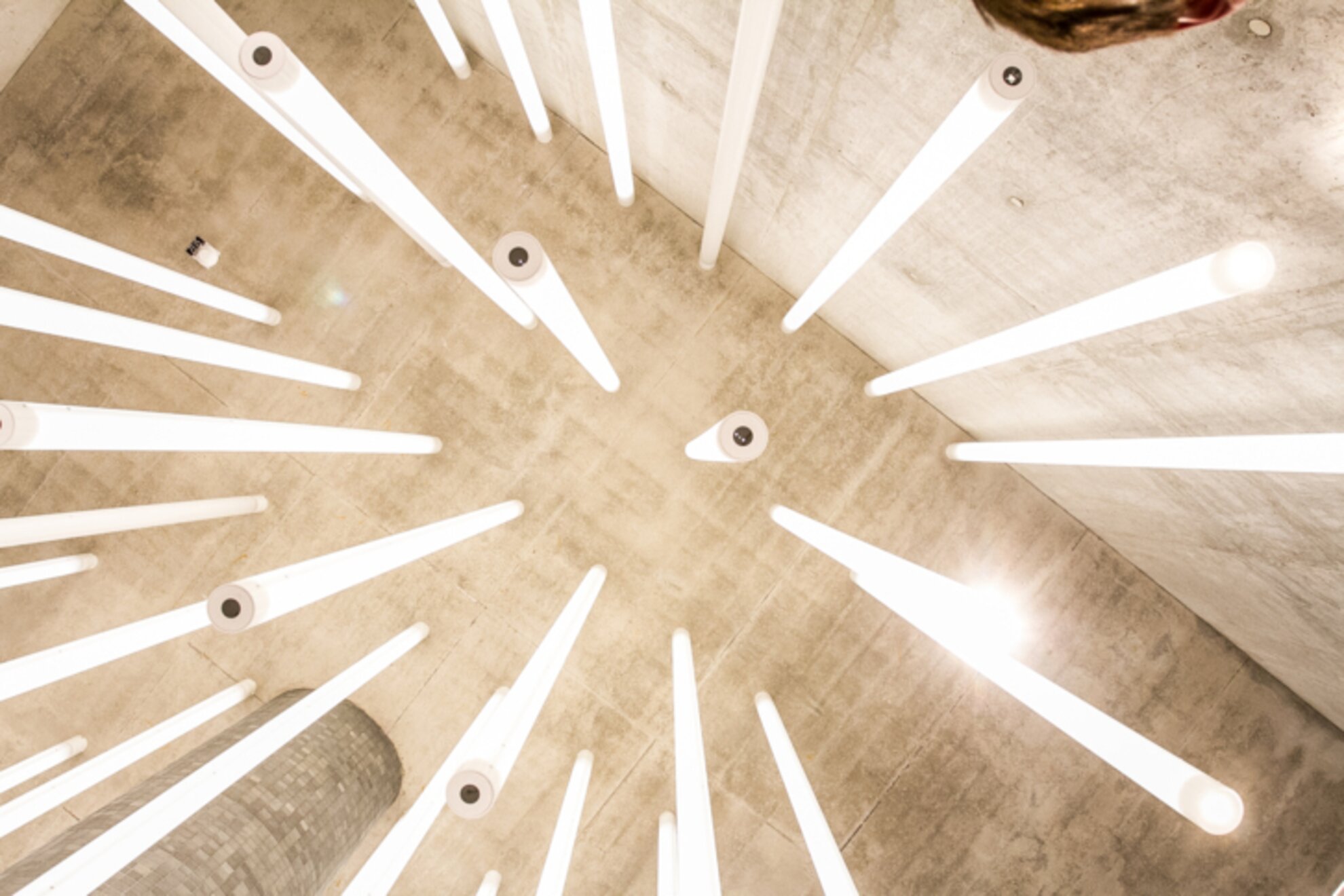
We can get up to the neo-Renaissance garden on the ascending walkways – in April, this place resembled a sandy mine, but now it is a green area full of blooming, beautiful plants, perfect for a bit of relaxation as we walk to or from the Várkert.
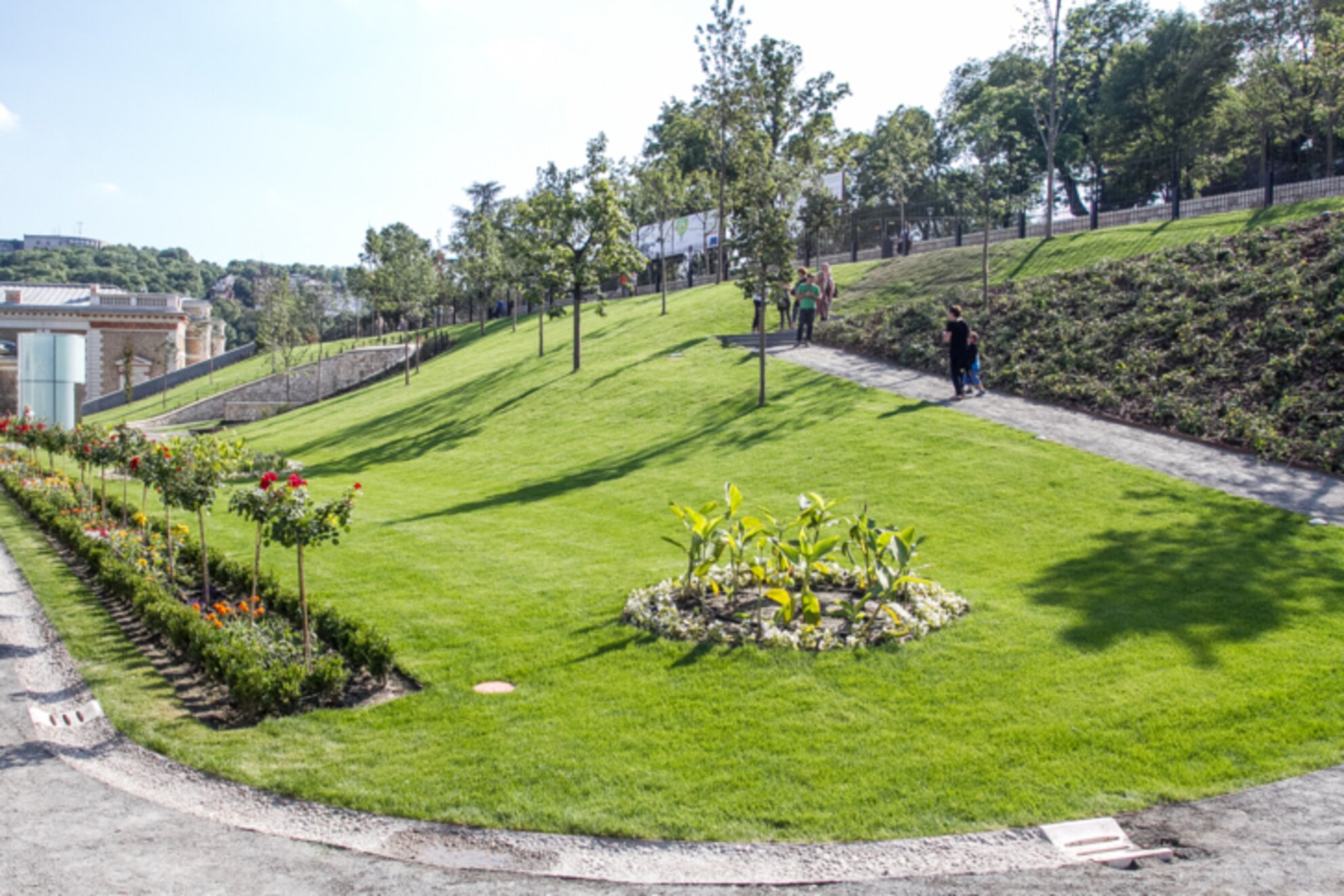
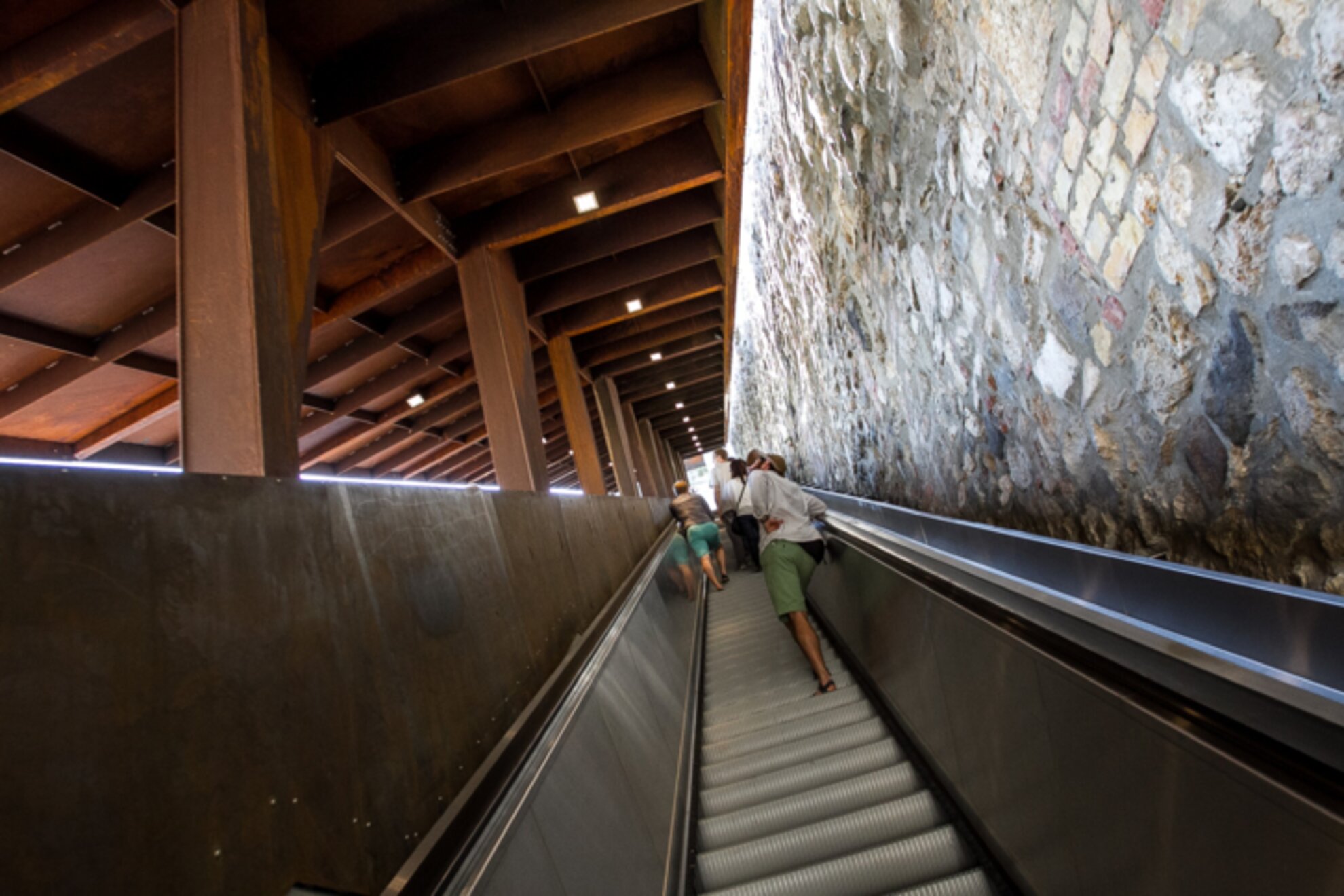
The so-called Öntőház Courtyard also promises a pleasant visit; we enjoyed spending time on the delightful terrace here. In this area that serves as a showcase for contemporary architectural solutions, gastronomy plays the main role.
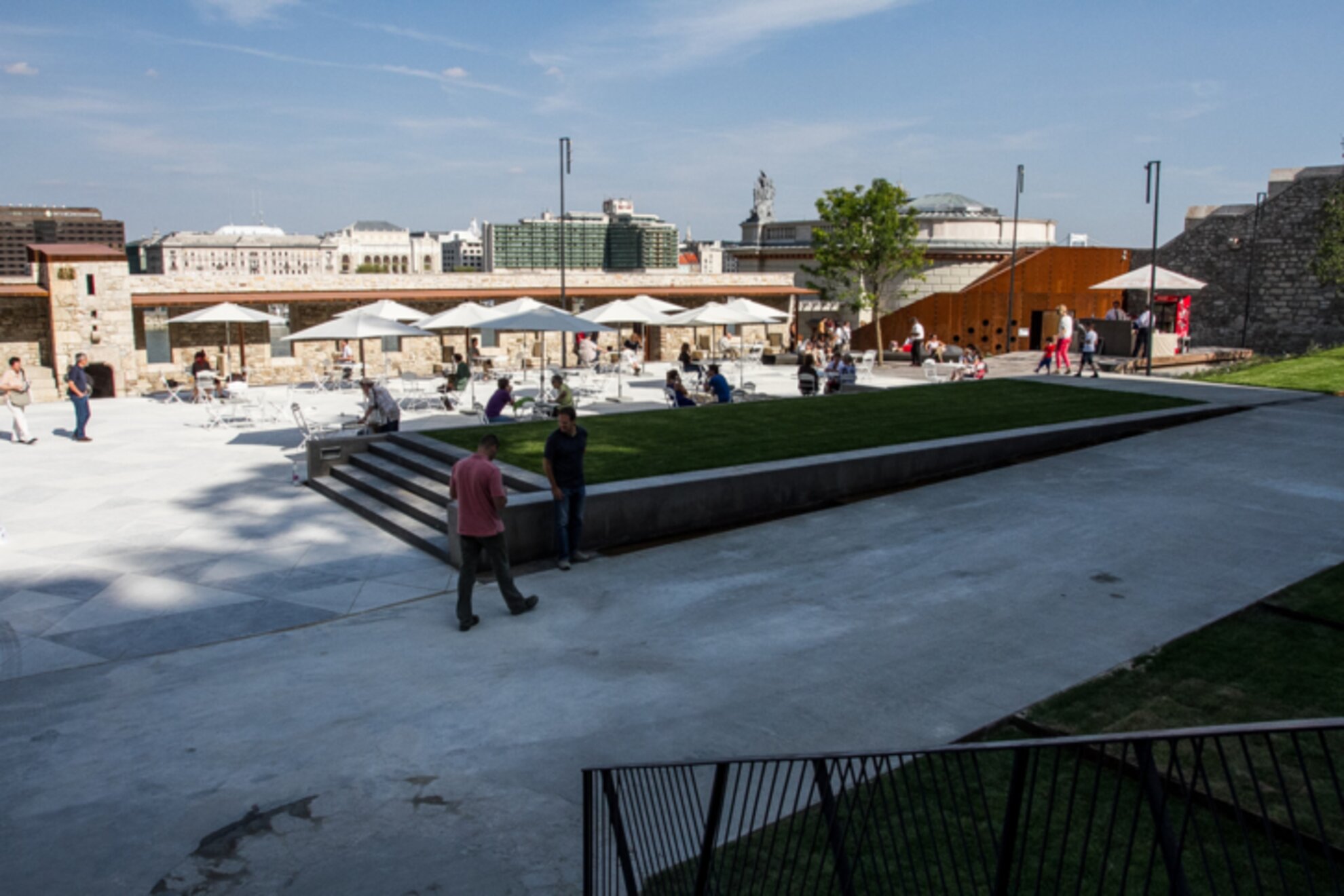
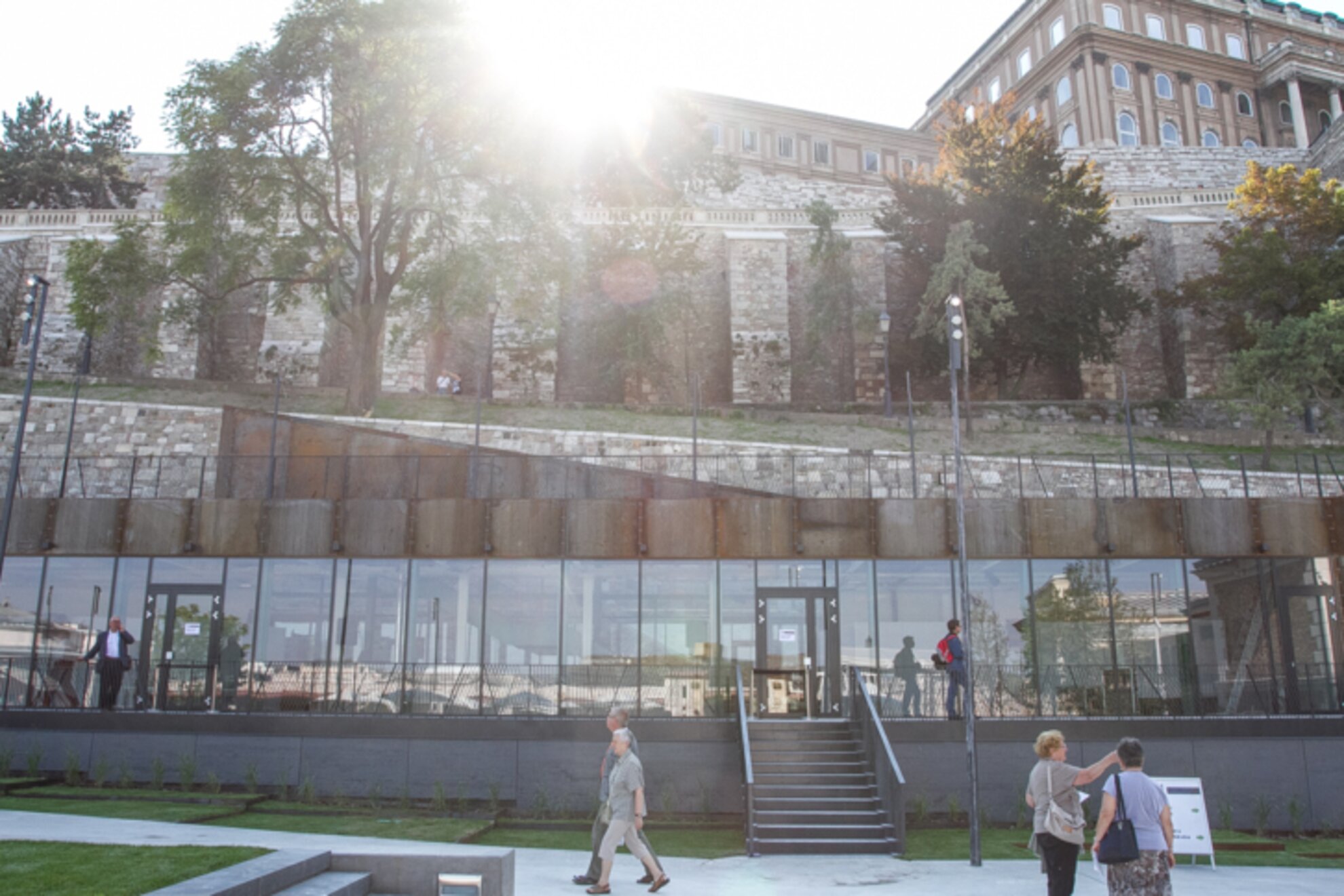
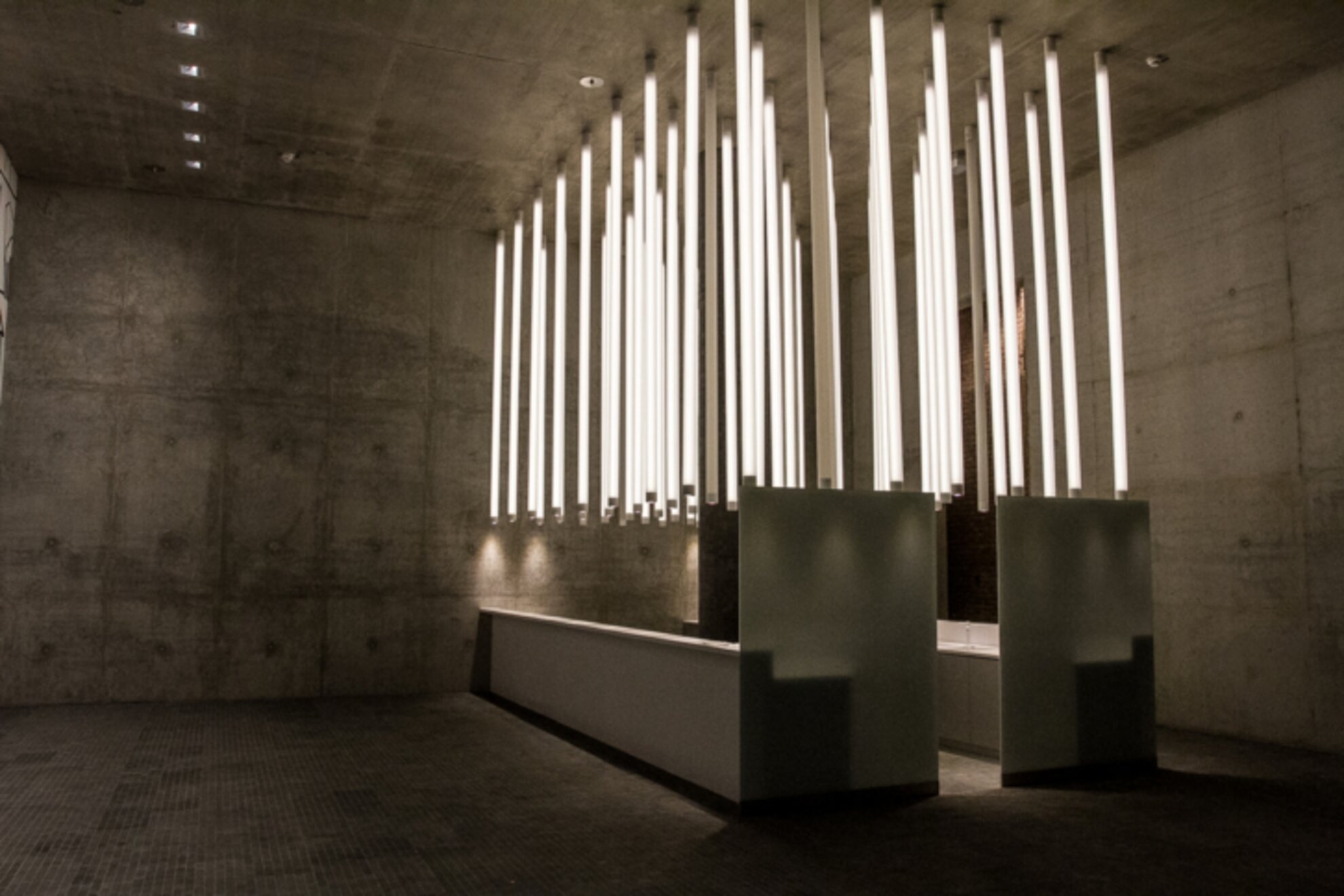
The buildings hide a number of interesting architectural details, exciting bends, cracks, and passageways. Soon we will walk around the area with architect Tamás Dévényi in order to show you even the smallest architectural delights. In the meantime, go and check out Várkert Bazaar for yourself!
